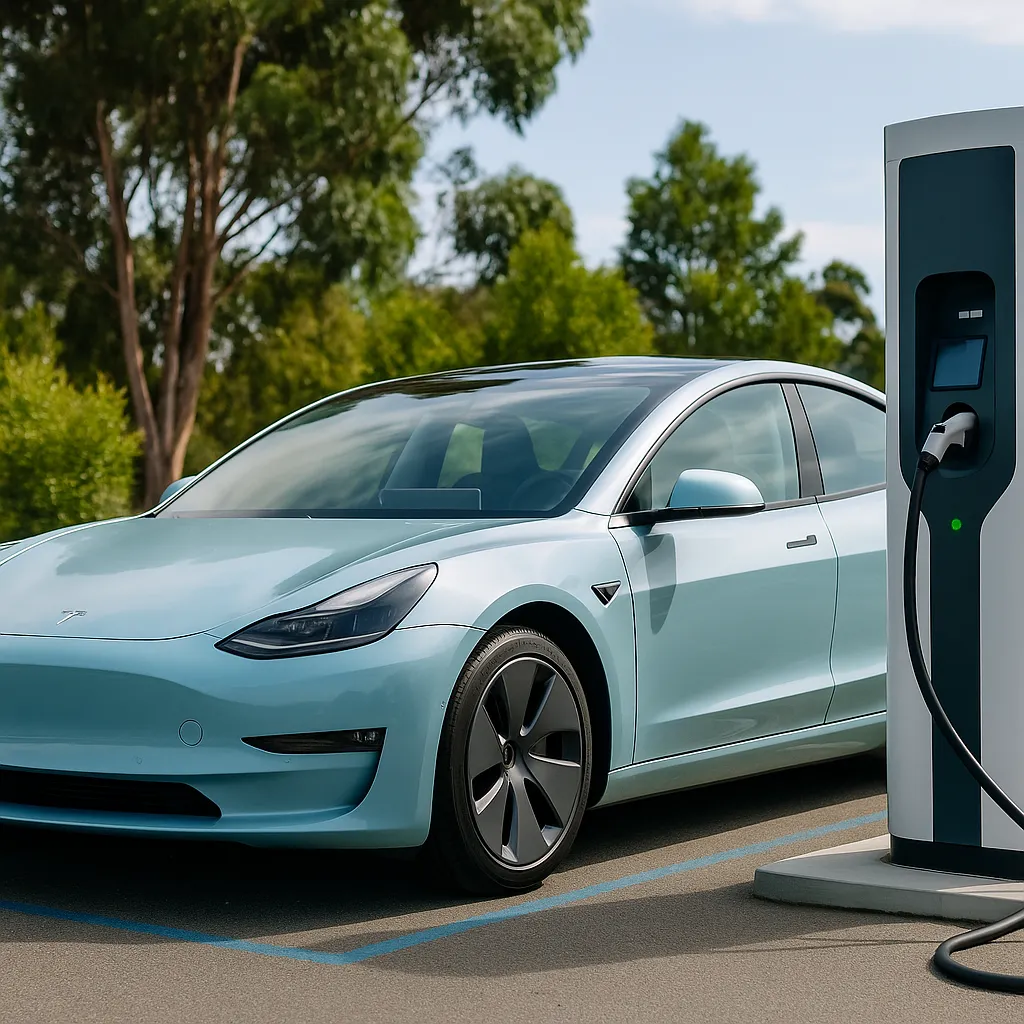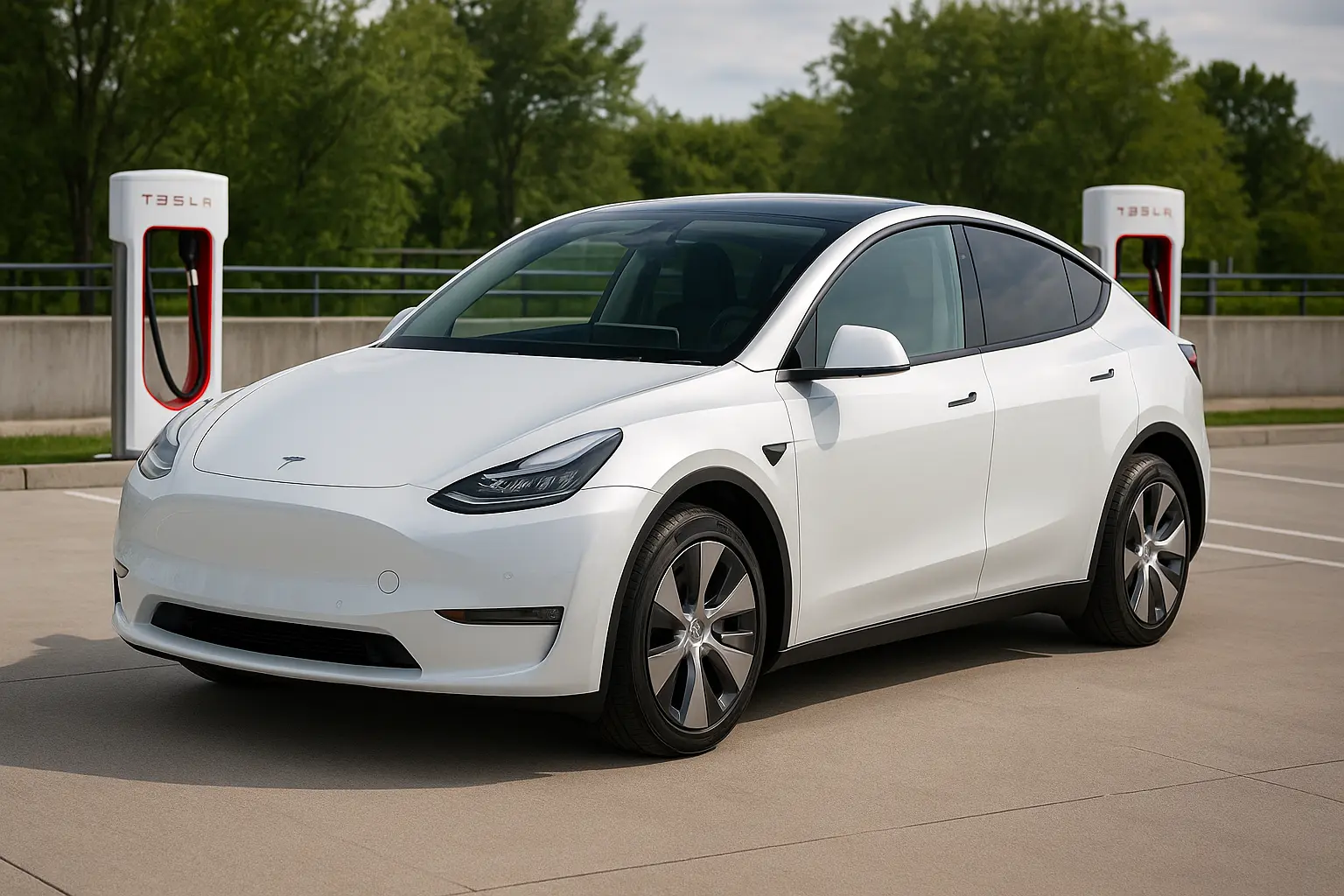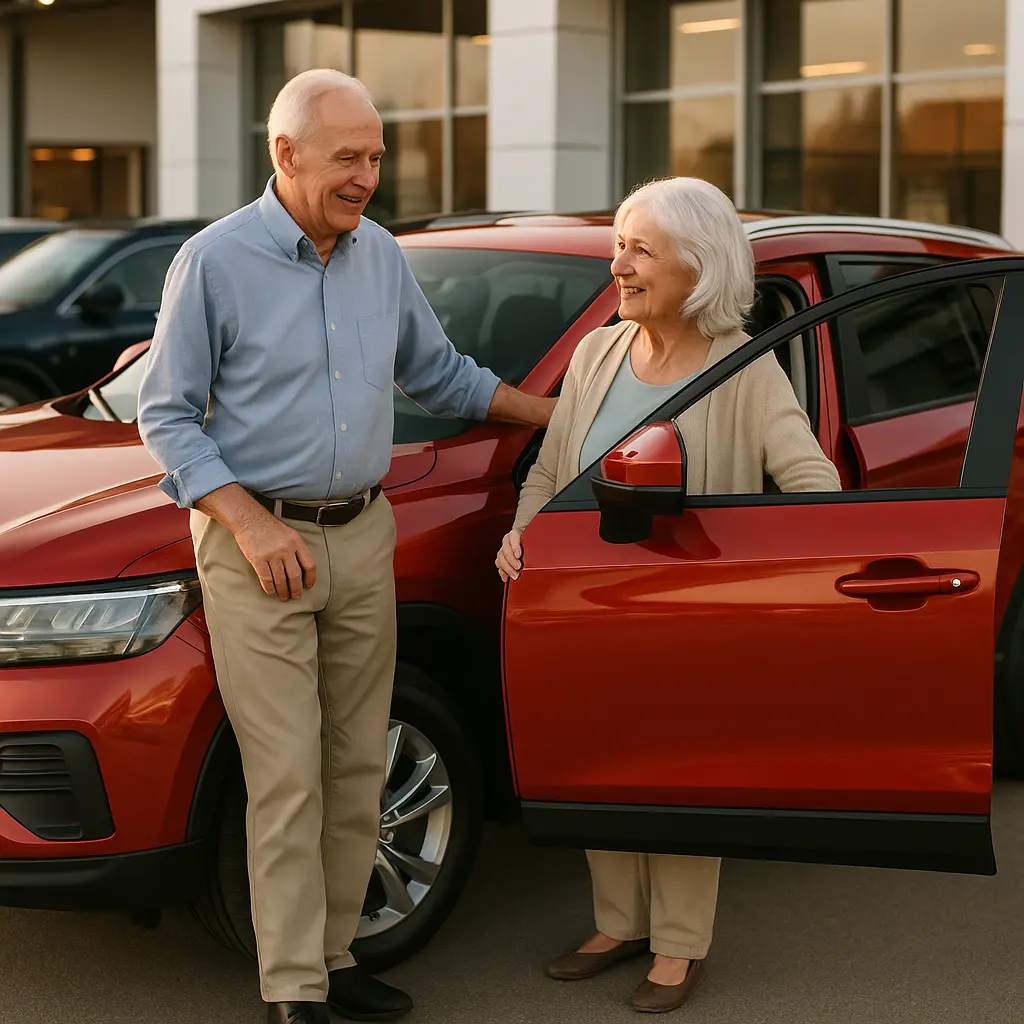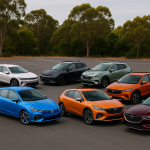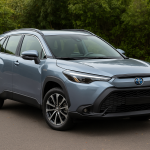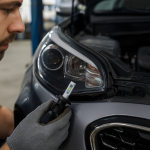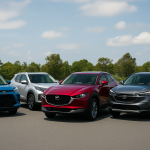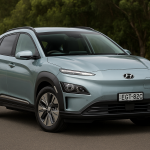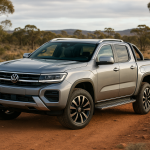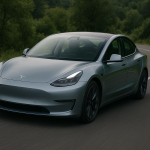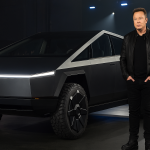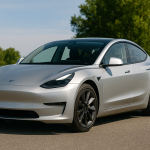As Australia races toward a cleaner and greener automotive future, 2025 is shaping up to be a turning point for electric vehicle (EV) adoption. From increased consumer incentives to state and federal programs that help buyers save on both purchase price and charging infrastructure, there’s a lot happening in the EV space. But with all these updates, it can be confusing for Aussie buyers to know exactly what they’re eligible for.
In this comprehensive guide, we break down everything you need to know about EV tax rebates, charging grants, and government incentives in 2025 — state by state, and nationally.
🚗 Why EV Incentives Matter in 2025
Australia has seen a surge in EV sales in recent years, and 2025 is poised to be a record-breaking year. With manufacturers rolling out new models and governments increasing their investment in clean mobility, EVs are no longer just the future — they’re the present.
But with EVs still more expensive than their petrol counterparts in many cases, government support in the form of rebates and grants is crucial to push adoption forward.
Key Benefits of EV Incentives in 2025:
- Lower upfront purchase costs
- Subsidised or free home charger installation
- Reduced registration and stamp duty
- Access to cleaner, cheaper charging infrastructure
- Long-term savings in fuel and maintenance
Federal Government EV Incentives – 2025 Update
The Australian Federal Government introduced the Electric Car Discount as part of its commitment to net-zero emissions by 2050. Here’s what’s still available in 2025:
✅ Fringe Benefits Tax (FBT) Exemption
For employers providing EVs as novated leases or company cars, the FBT exemption still applies in 2025 for eligible EVs priced under the luxury car tax threshold.
- Applies to: Battery Electric Vehicles (BEVs), Hydrogen Fuel Cell EVs, and Plug-in Hybrid EVs (until 2025).
- Price cap: $89,332 (2024–25 financial year threshold).
- Savings: Thousands in FBT for employers and employees.
✅ Import Tariff Exemptions
Zero tariffs continue to apply on eligible EV imports, reducing the base price for many international models.
🧾 Tax Offsets and Write-Offs for EVs
✅ Instant Asset Write-Off for Businesses
Businesses can claim an instant write-off on EVs used for business purposes under the temporary full expensing scheme, applicable to small and medium enterprises.
✅ EV Charging Infrastructure Depreciation
Charging infrastructure is eligible for accelerated depreciation if installed for business use.
🌏 State-by-State EV Incentives in Australia (2025)
Australia’s states and territories each offer their own set of EV incentives and grants. Here’s a breakdown:
🟢 New South Wales (NSW)
✅ EV Rebate (2025 Update)
- Status: Ended in January 2024 for new applications.
- Buyers who ordered EVs before that date may still be eligible.
✅ Stamp Duty Exemption
- Applies to: EVs priced under $78,000
- Savings: Up to $3,000
✅ Charging Infrastructure Grants
- Public Fast Charging Co-funding Program continues to expand charging networks.
- Home charger rebates are being discussed for 2025 but not yet confirmed.
🟡 Victoria (VIC)
✅ ZEV Subsidy Program
- Ended in June 2024, replaced by targeted low-income household grants and fleet purchase support.
✅ Registration Discount
- Up to 50% off registration fees for EVs
✅ Road User Charge
- Still applies at 2.8c/km but may be revised due to policy pressure.
🟠 Queensland (QLD)
✅ EV Rebate Scheme (Active in 2025)
- Rebate: $6,000 for eligible new EVs under $68,000
- Income-tested: Available for households earning under $180,000
✅ Registration and Stamp Duty Discounts
- Up to 50% off annual registration
- Reduced stamp duty rates for low-emission vehicles
🔵 South Australia (SA)
✅ EV Subsidy & Home Charger Grant
- $3,000 rebate for eligible new EVs under $68,750
- $2,000 home charger subsidy (must be installed by accredited electrician)
✅ Three Years Free Registration
- Applies to qualifying vehicles
🟣 Western Australia (WA)
✅ Clean Energy Car Discount (Active)
- $3,500 rebate on eligible EVs under $70,000
- 5 years free vehicle registration and stamp duty for electric and hydrogen vehicles
🔴 Tasmania (TAS)
✅ Stamp Duty Exemption
- Full exemption for EVs and hydrogen vehicles
✅ Government Fleet Targets
- Commitment to 100% EV government fleet by 2030
🟤 Australian Capital Territory (ACT)
✅ Interest-Free Loans
- Up to $15,000 interest-free loans for eligible EVs and charging systems
✅ Stamp Duty & Registration Waivers
- 2 years free rego + stamp duty exemption for new EVs
⚫ Northern Territory (NT)
✅ Registration and Stamp Duty Waivers
- Free rego for 5 years and stamp duty exemption on EVs under $50,000
⚡ Charging Grants and Infrastructure Support – What’s New in 2025?
The Australian Government and private sectors continue to pour funding into expanding fast-charging networks, especially for regional and remote areas.
✅ National EV Charging Network Expansion
- $500 million co-investment fund running in 2025
- Aim: Charging stations every 150km on major highways
- Partnership with NRMA, Tesla, Evie Networks, and Chargefox
✅ Home EV Charger Rebates
While not available nationally, some states (SA, QLD) offer:
- Home charger subsidies (up to $2,000)
- Interest-free loans for charger installation (ACT)
✅ Apartment & Strata Charging Grants
- National and state initiatives are offering technical support and co-funding for installing EV charging in shared residential buildings.
💡 Tips for Claiming EV Rebates and Grants
- Keep All Receipts & Paperwork
– You’ll need proof of purchase, VIN, and delivery date. - Apply Early
– Some programs have limited funding or expiry dates. - Use Official Portals
– Each state has an official application website; don’t use third-party services. - Check Income Requirements
– Some rebates are means-tested. - Hire Accredited Installers
– For charging grants, work must be done by certified professionals.
🔋 What EVs Qualify for These Incentives?
Many rebates apply only to new EVs under specific price thresholds. Here are some popular models that generally qualify:
| EV Model | Starting Price (Approx) | Qualifies for Most State Rebates? |
|---|---|---|
| BYD Dolphin | $38,890 | ✅ |
| MG4 Electric | $44,990 | ✅ |
| Tesla Model 3 RWD (2025) | $58,990 | ✅ (QLD, SA, ACT) |
| Hyundai Kona Electric | $54,000 | ✅ |
| Kia Niro EV | $68,000 | ✅ (QLD, SA) |
| Polestar 2 | $67,400 | ✅ (QLD, SA) |
| GWM Ora | $39,990 | ✅ |
📉 How Much Can You Actually Save?
Here’s an example of potential savings on a mid-range EV in Queensland in 2025:
| Description | Amount |
|---|---|
| EV Price | $59,000 |
| Rebate (QLD) | -$6,000 |
| Stamp Duty & Registration Savings | -$2,000 |
| FBT Savings (if novated lease) | -$4,000+ |
| Total Potential Savings | $12,000+ |
Over five years, you also save ~$7,000 in fuel and ~$2,500 in maintenance.
🔍 What’s Changing in 2025?
- End of PHEV eligibility under some FBT schemes after mid-2025
- Review of Road User Charges in VIC and possibly NSW
- Stricter fuel efficiency standards may push more EV imports
- New grants for fleet electrification and infrastructure deployment
- Legislation support for shared EV infrastructure in apartment blocks
🏁 Conclusion – Should You Buy an EV in 2025?
If you’ve been on the fence about going electric, 2025 is the year to do it. Generous tax rebates, charging grants, and lower running costs make EVs not just environmentally friendly but financially smart.
With new EVs entering the market, expanding infrastructure, and incentives available across all states, now is the perfect time to make the switch — especially before some programs phase out or tighten eligibility.
✅ Quick Checklist Before You Buy:
- Check rebate eligibility by state
- Compare EV models under $70K
- Look for home charger grants or discounts
- Consider novated lease for tax benefits
- Apply early — funding may run out
If you're looking to save money, lower your emissions, and future-proof your ride, understanding 2025 EV tax rebates and grants is your roadmap to a smarter car purchase in Australia.
Stay tuned with Carsoop.com.au for the latest updates on electric vehicles, car buying tips, and everything Aussie drivers need to know.
Leave a comment
Your email address will not be published. Required fields are marked *


